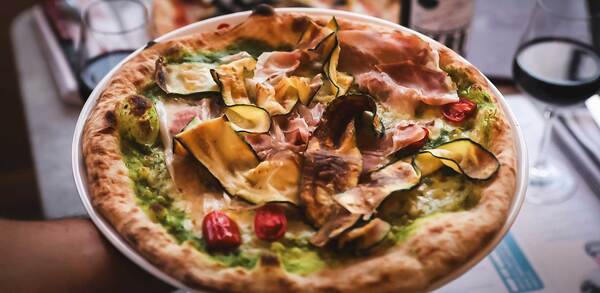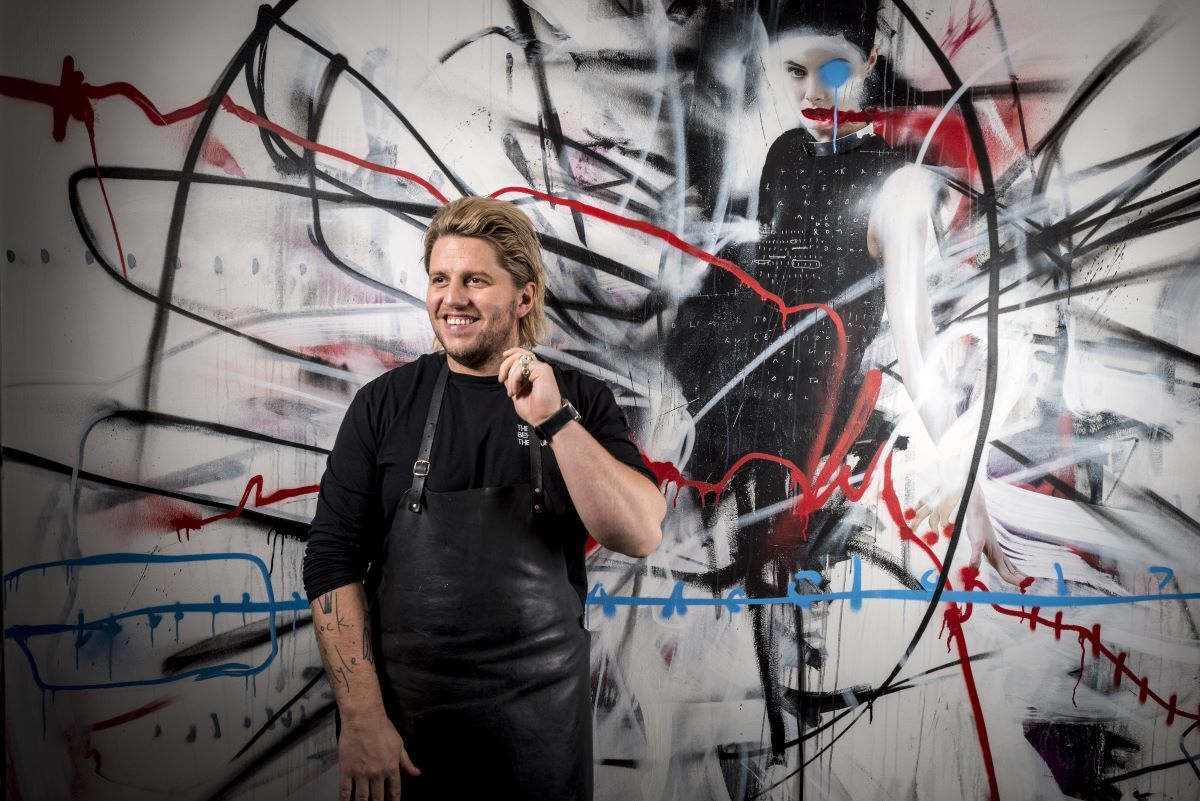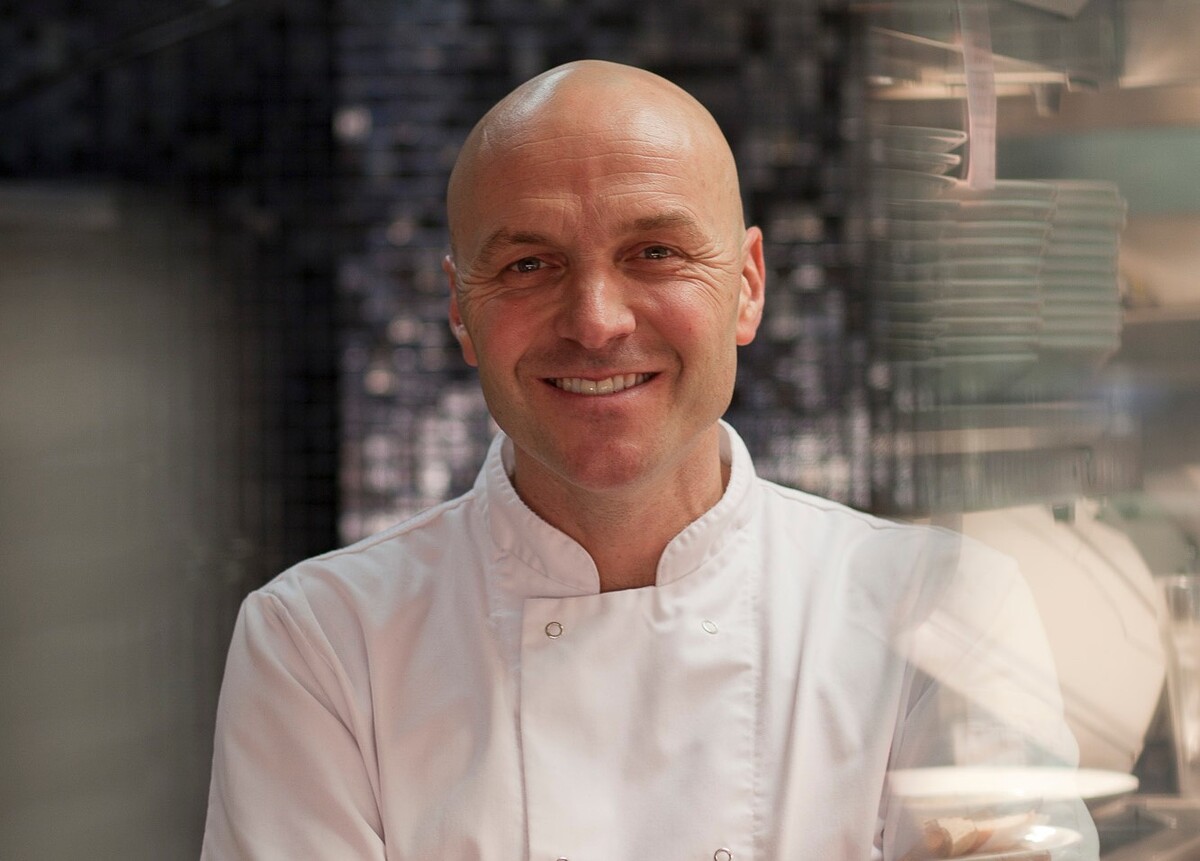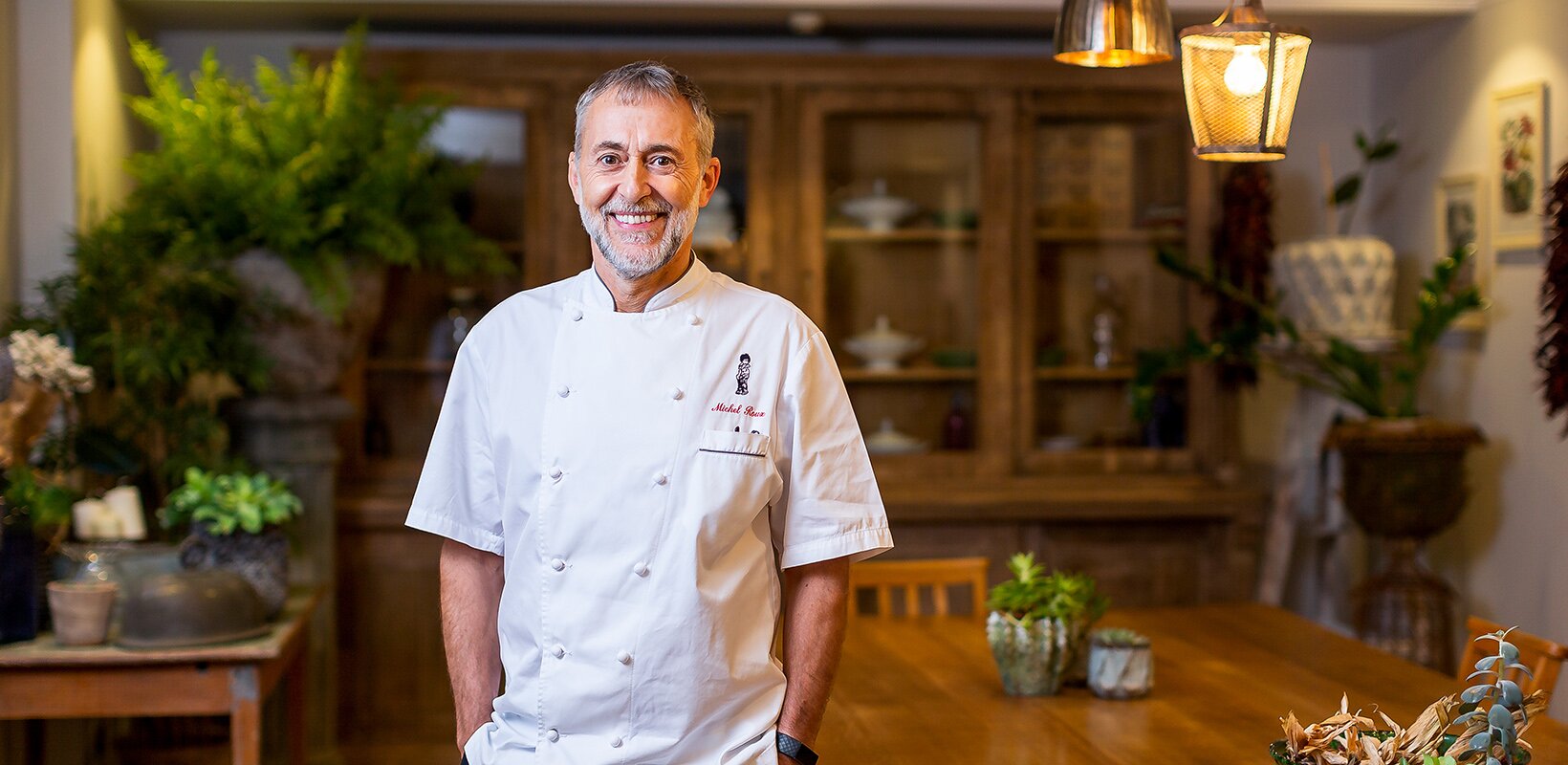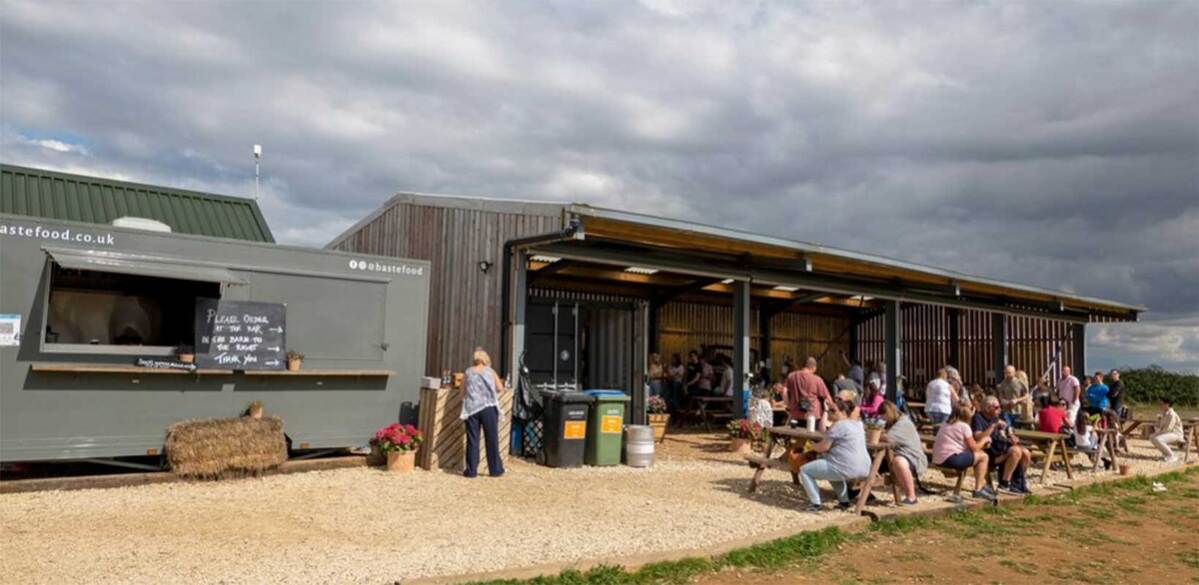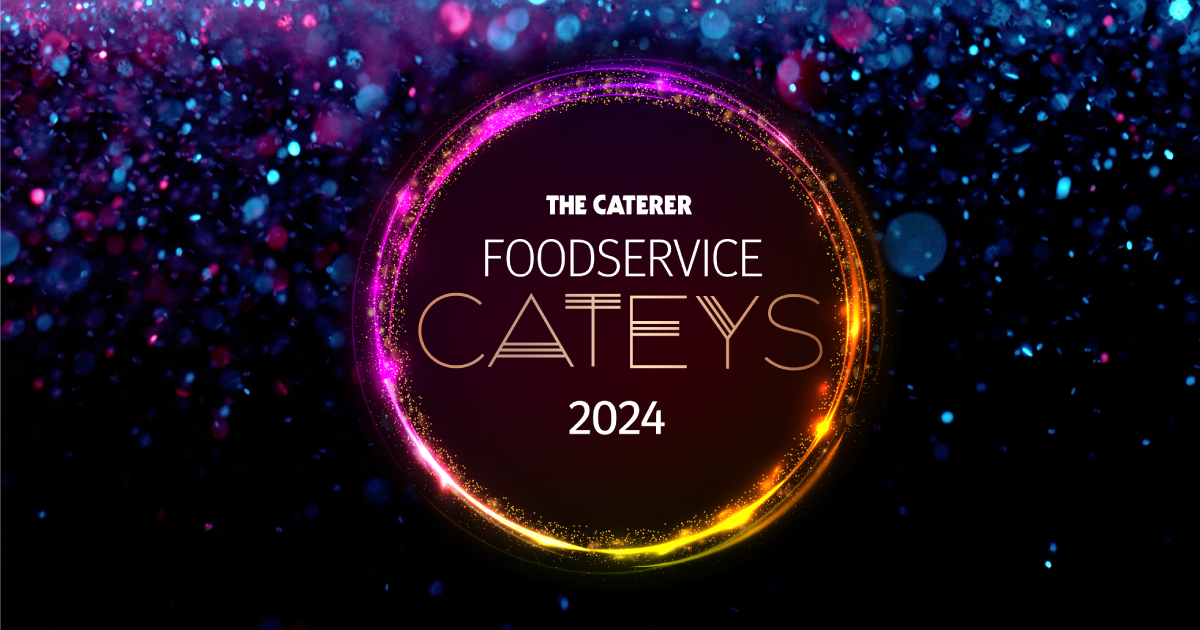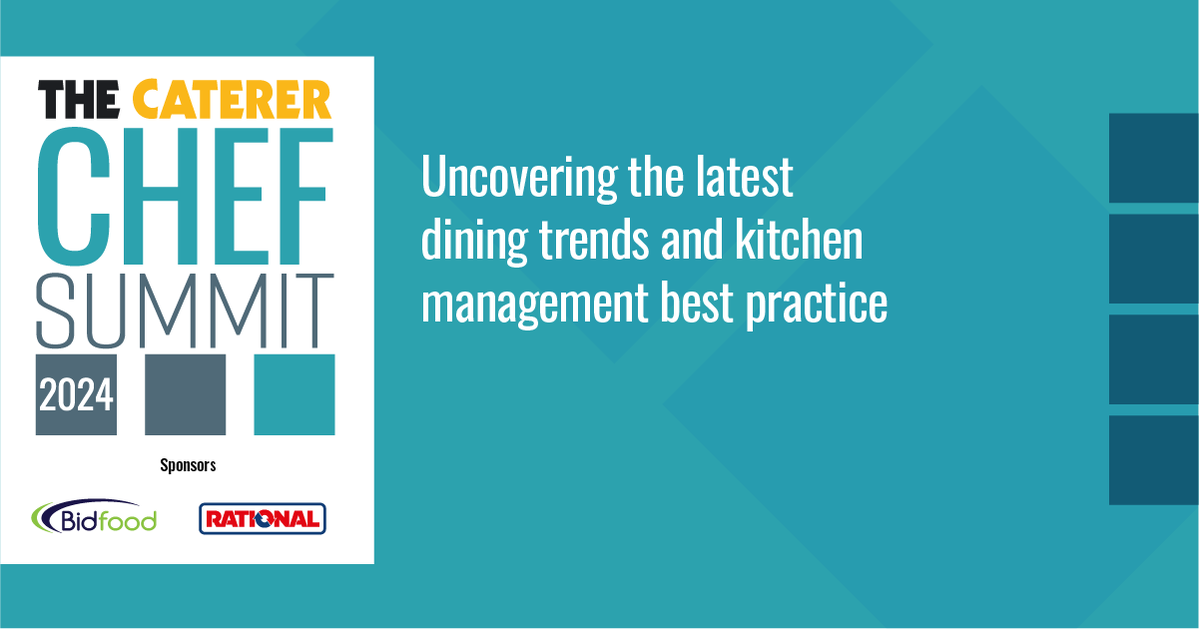A new ice age
| Â | |
| Claude Bosi |
Inàthe past, the most critical ingredient of ice-creams and sorbets was sugar. It determined how hard the frozen liquid base would be âÂÂ" too little meant a hard, dense ice; too much equated with a soft or sticky mixture.
Most standard recipes contain between 25% and 35% sugar (or sugar and glucose). A recipe for a typical, top-of-the-range ice-cream base might read âÂÂfive egg yolks, 225g sugar, 25g glucose, 600ml whole milk and 300ml creamâÂÂ. Sorbets, allowing for differences in the sweetness of various fruits, work around the same sweetness-to-liquid ratios.
Ice-cream machines (sorbetières) of whatever type perform two functions. They freeze and simultaneously break down ice crystals to create a smooth texture. At the same time, their churning action beats air into creams, adding volume and making the product seem lighter. But the Pacojet rewrites the rules for making ice-cream. Sweetness is no longer an issue, except one of personal taste. Theoretically, it would be possible, even easy, to make a silky-smooth unsweetened turnip sorbet. Claude Bosi, at Hibiscus in Ludlow, prepares one with raw, green apple peelings.
ItâÂÂs a technology that has been around for a decade. Anton Mosimann was probably the first chef in the UK to use this Swiss-made equipment. Only now, though, are British chefs coming to grips with it.
The principle is simple: raw product (liquid, solid or a combination of both) goes in a container to be stored at -20ðC till needed. The machine breaks down the frozen block by shaving off successive microscopically thin layers, then blends the whole batch, or only a part of it, to order automatically. Ice crystals (the liquid phase) and solids combine to form a kind of frozen emulsion, which is ready to scoop or form into quenelles. A portion may take less than a minute to prepare.
Equipment
The Pacojet is an automatic ice-cream and sorbet maker designed for small batches. It has separate cutting blades (stainless steel or gold-coated for heavy-duty chopping), an outer protective container and an anti-splash lid. The chrome steel inner container, for processing, takes only 750ml by volume, though contents can expand to one litre.
To operate it, the chef freezes the chosen product to -20ðC in the container. After removing its lid, he puts this into the outer sleeve. He fits the blade to the anti-splash lid and clicks it into place on the shaft that protrudes from the main body. The outer container then locks into it.
Processing begins at the push of a button. The operator chooses from one to 10 mini-cycles, depending on the amount of product in the container, its consistency or the proportion of product he wishes to blend. A full batch takes about four minutes. Mini-cycles last less than a minute.
During âÂÂPacotisingâ the blade turns at about 2,000rpm. Each turn shaves a layer off the top of the product, so that the blade is
| ÃÂ | |
| The blades of the machine shave a thin layer off the material held in the container |
After each use, the lid goes back on the inner container. This is then returned to the storage freezer to be held at -20ðC, ready for the next use. A chef will have as many containers as he has ice-creams. Because the cold chain remains unbroken, he can refreeze and reprocess the contents as often as he needs.
Heat generated during the blending raises the temperature of the food to between -12ðC and -13ðC, which is where ice-creams and sorbets have their best mouthfeel.
Sorbets
For classic sorbets, pastry chefs, as part of their basic preparation, have always used stock syrup as a standard sweetener. This measures from 28ð to 30ð Baumâ on a saccharometer.
Dissolve 750g sugar (plus an optional 90g glucose) in 650-750ml water. Boil for about three minutes. This produces an approximately 75% sugar solution. A typical fruit sorbet contains about five parts purée or juice to four parts syrup.
A sorbet that has a sugar content of more than 35% of the total weight may freeze but it will be jammy, probably too sweet
| ÃÂ | |
| Frozen coffee base becomes coffee sorbet after âÂÂPacotisingâ |
Bosi makes a syrup, too (see recipe link below), but he uses it quite differently. ThereâÂÂs no need for glucose. Depending on its ultimate use, it may be diluted to produce a much less sweet (less saturated) solution.
Ice-creams
When he was working with a traditional ice-cream machine, Bosi was adding as many as 14 egg yolks per litre of full-cream milk. He has reduced this to eight and also cut the quantity of sugar.
Cost and cost-effectiveness Comparing the PacojetâÂÂs performance against batch freezers, or even a small sorbetière such as the Gelato, isnâÂÂt feasible because one isnâÂÂt comparing like with like. It has specific advantages over conventional equipment.
- Preparation time can be shorter âÂÂ" for example, there is no need to make a fruit purée for a sorbet
- Individual portions may be finished to order from the pre-frozen base
- Food costs may be marginally lower âÂÂ" say, when using a peel that might otherwise be binned
- The equipment doesnâÂÂt require cleaning between batches
- Processing time is fast.
The Pacojet unit costs about ã2,000 plus service, maintenance and extra containers. Tel: 020 7274 3971.
Claude BosiâÂÂs sorbet syrup (roughly 15ð Baumé)
Claude BosiâÂÂs crème anglaise for ice-creams
Chilled Jaffa orange and yogurt soup with oregano ice-cream (serves 10)
Photo é Sam Bailey


